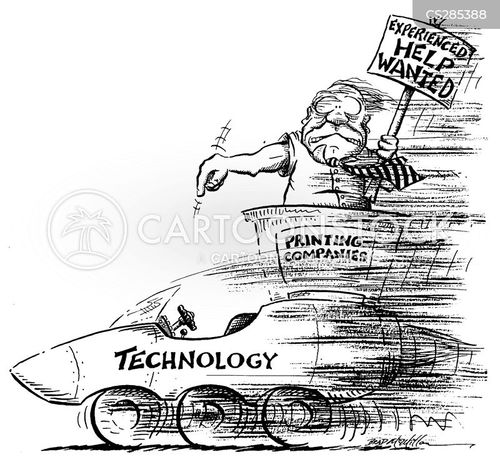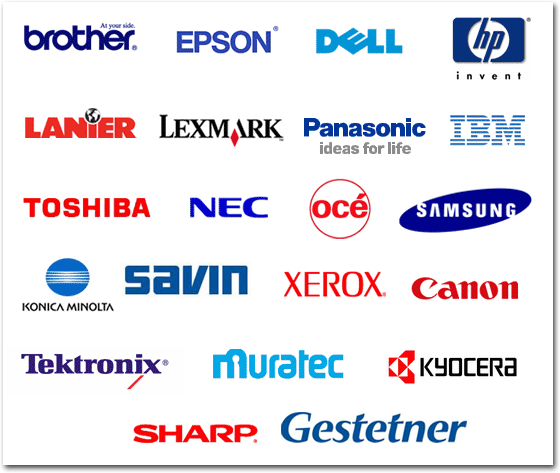Toner News Mobile › Forums › Latest Industry News › 'Bait and Hook' Still a Strategy for Most Oem Printer Manufacturers
- This topic has 0 replies, 1 voice, and was last updated 9 years, 6 months ago by
Anonymous.
-
AuthorPosts
-
AnonymousInactive'Bait and Hook' Still a Strategy for Most Oem Printer Manufacturers
BY Stephen VinesConcept still applicable to a variety of marketing strategies because what people think about a product is often more important than the product
They willingly make a loss on the sale of their printers in anticipation of considerable profit from selling ink cartridges to buyers of these machines.

It is therefore of great interest to learn that one of the major players in this field, Epson, has decided to break ranks and sell printers at a realistic price and equip them with ink tanks that offer the prospect of considerable savings for consumers over the lifetime of use.
Instead of selling proprietary cartridges, the new Epson printers will come with an ink tank that can be refilled at well below cartridge cost.
It remains to be seen whether the other big players in the printer market, i.e. Canon and Hewlett-Packard, will follow. Epson has been brave to strike out on its own because its new printers will be something like three times the price of those it is currently selling.
As a safety net, it will still be offering cartridge-using printers. The fear is that buyers may instinctively shy away from the much higher upfront cost of the new machines without bothering to calculate possible longer-term savings.
The business model for printers is a classic bait-and-hook method. It used to be known as the razor-and-blades business because its most successful proponent had been blade manufacturers, which offered below-cost razors in return for sales of blades that fitted them.
However, bait and hook is hardly unknown elsewhere in the field of commerce as it is used by drug pushers who get victims hooked on low-cost drugs before charging addicts a much higher price.
Much more "respectable" is the practice of mobile-phone networks offering "free" handsets in return for long contracts compelling customers to use their networks.
More recently, we have seen coffee sellers pushing coffee machines at a low cost as they make the real money through capsule sales.
Bait and hook works because consumers tend to focus on upfront cost without considering longer-term costs. The same principle applies even where crude bait and hook is not in play.
Thus, for example, the question arises of whether it is better to buy a higher-priced vehicle than a lower-priced version even though the lifespan of the pricey vehicle will be longer, the resale price better and it will offer all-round better performance.
The frequently given response to this question is that you buy what you can afford and this sometimes means you opt for second best due to a lack of options. Fair enough, but if it ends up costing you more in the long run, is this really such a great idea?
Questions like these go to the very heart of how business works. And they are complex because variants of the bait-and-hook principle are used in spheres that have nothing to do with giveaway prices.
The highly successful formula used by Apple demonstrates how to hook customers with a quality product that is not only valued in itself, but lures buyers into repeated purchases of the brand because it has a unique operating system and has developed a compulsive identity that persuades consumers not only to buy more Apple products, but to discard their existing models in the conviction that they need to have the latest offering, seemingly regardless of genuine need.
If your pockets are bulging with unwanted cash, you could sign up for one of those very pricey business schools that will explain that much of this business model comes under the category of marketing.
They will then furnish this explanation with flow charts and other fancy stuff that usually succeeds in making the blindingly obvious more complex.
However, the bottom line is that the unsavoury-sounding concept of a bait-and-hook business is applicable to all sorts of marketing and selling strategies. What people think about products and services is often more important than the products themselves.
This notion is encapsulated in a story my father liked to tell about the time he worked as a shop boy in a food store that offered two types of pickled cucumber: the lower-cost "ordinary" pickle and the more popular and higher-cost "special" pickle.
One day, my father plucked up the courage to ask the storeowner what was the difference between the two. He replied: "Don't be an idiot. They are exactly the same but my customers like to think they are getting something special by paying just a bit extra."
It is almost certainly the case that questions of perception are hardly exclusive to the world of pickles. After all, everyone likes to think they are smart about getting a bargain.
Stephen Vines runs companies in the food sector and moonlights as a journalist and a broadcaster

-
AuthorOctober 16, 2014 at 11:53 AM
- You must be logged in to reply to this topic.
